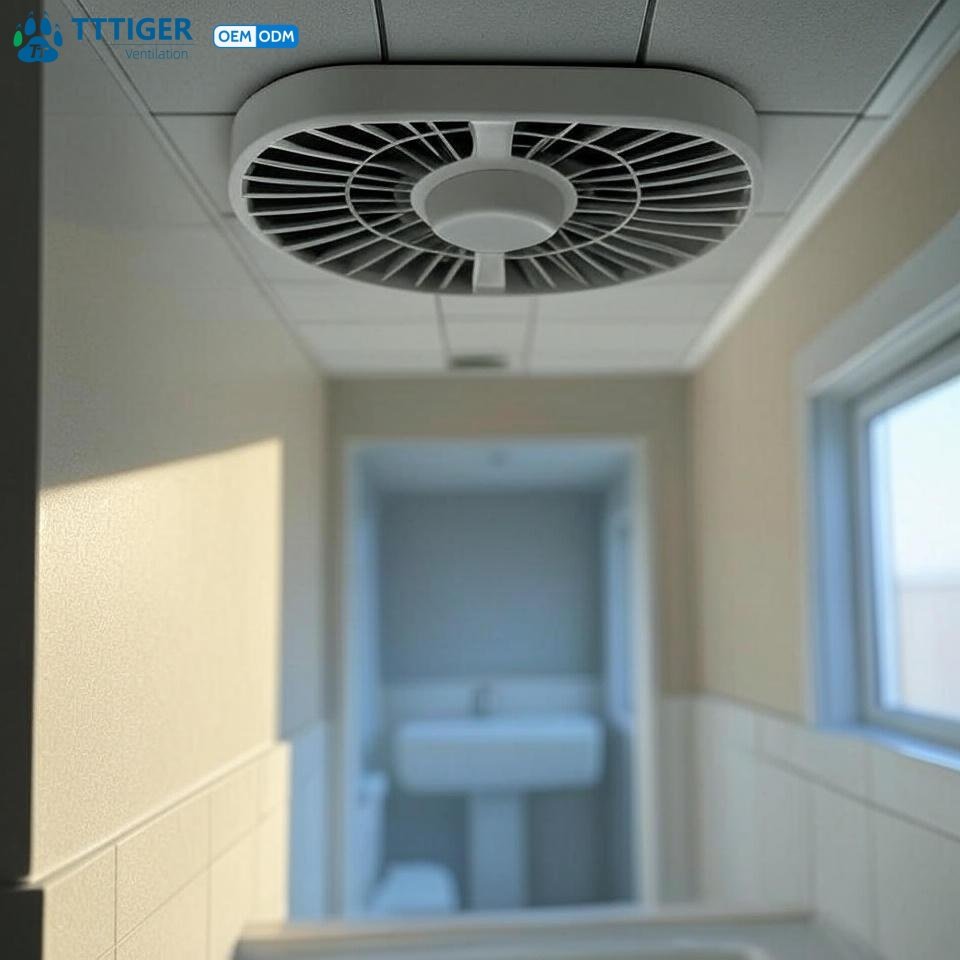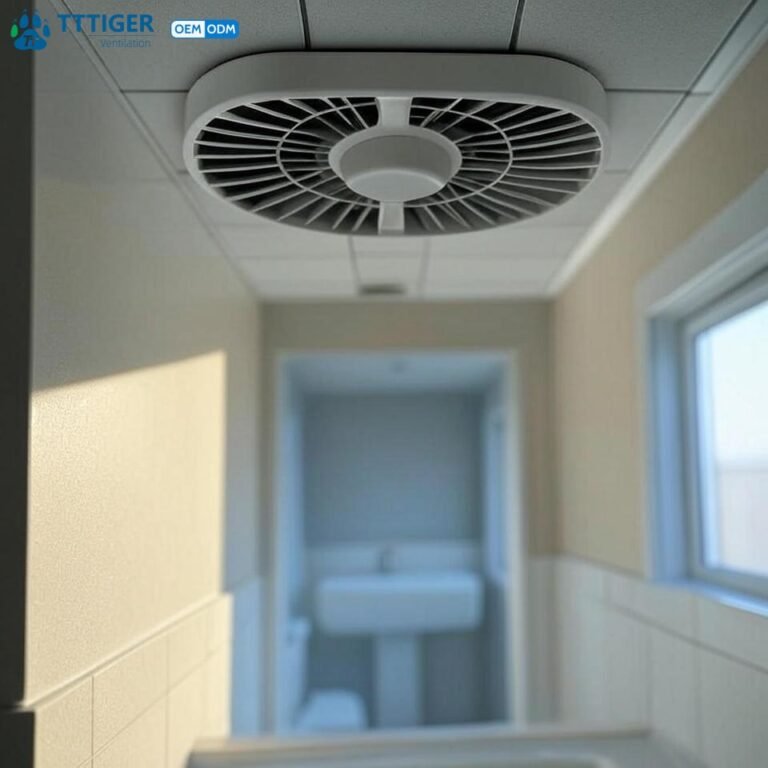
The Complete Guide to Bathroom Ventilation: Why It Matters & How to Improve It
Proper ventilation for bathroom is crucial for maintaining a healthy, comfortable, and mold-free environment. Without adequate airflow, excess moisture can lead to mold growth, peeling paint, and even structural damage over time.
In this guide, we’ll cover:
✅ Why bathroom ventilation is essential
✅ Different types of bathroom ventilation systems
✅ How to choose the right exhaust fan (CFM, noise, features)
✅ DIY ventilation tips & professional solutions
✅ Maintenance to keep your system running efficiently
Why Proper Bathroom Ventilation Is a Must
Bathrooms generate high humidity from showers, baths, and sinks. Without good ventilation for bathroom, you may face:
Mold & mildew growth → Health hazards and costly removal
Peeling paint & wallpaper → Moisture damages surfaces
Lingering odors → Poor air circulation traps smells
Structural damage → Rotting wood, weakened drywall
How Bathroom Ventilation Helps
✔ Removes excess moisture – Prevents condensation on mirrors and walls
✔ Improves air quality – Reduces allergens and bacteria
✔ Protects your home – Extends the lifespan of paint, tiles, and fixtures
Types of Bathroom Ventilation Systems
1. Exhaust Fans (Most Common Solution)
Best for: Small to large bathrooms
How it works: Extracts humid air and vents it outside
Key features to look for:
CFM rating (50-100+ CFM, depending on bathroom size)
Low sones rating (0.3-2.0 for quiet operation)
Energy Star certification (saves electricity)
2. Windows (Natural Ventilation)
Best for: Bathrooms with outdoor access
Pros: No electricity needed, provides fresh air
Cons: Not ideal in cold climates or high-humidity areas
3. HVAC Ventilation (Whole-House Systems)
Best for: Homes with central air systems
Pros: Consistent airflow, no extra fan needed
Cons: Less targeted moisture removal
4. Dehumidifiers (For Extra Damp Spaces)
Best for: Extremely humid climates or windowless bathrooms
Pros: Reduces moisture effectively
Cons: Requires manual emptying/cleaning
How to Choose the Right Bathroom Exhaust Fan
Step 1: Calculate the Required CFM
Small bathroom (under 50 sq ft) → 50 CFM
Medium bathroom (50-100 sq ft) → 80-100 CFM
Large bathroom (over 100 sq ft) → 100+ CFM
Pro Tip: If your bathroom has a jetted tub, add 50 CFM to the recommended rating.
Step 2: Consider Noise Level (Sones)
0.3-1.0 sones → Nearly silent (ideal for bedrooms nearby)
1.0-3.0 sones → Standard noise (similar to a whisper)
4.0+ sones → Loud (better for commercial use)
Step 3: Look for Extra Features
Humidity sensor → Automatically turns on when moisture is high
Built-in heater → Provides warmth in colder climates
LED lighting → Combines ventilation and illumination
DIY Ventilation Tips for Better Airflow
Run the fan for 20-30 minutes after showering
Keep the bathroom door slightly open to allow airflow
Use a squeegee on shower walls to reduce moisture buildup
Install a timer switch to automate fan operation
When to Call a Professional
If you need new ductwork installed
If your bathroom has no existing ventilation
If you notice mold despite using a fan
Maintenance Tips for Long-Lasting Ventilation
🔹 Clean the fan grille monthly (prevents dust buildup)
🔹 Check ducts annually for blockages or leaks
🔹 Test airflow regularly (hold tissue paper near the fan—it should stick)
Final Thoughts
Proper ventilation for bathroom is a must for a healthy, mold-free home. Whether you choose an exhaust fan, window, or whole-house system, improving airflow will protect your bathroom and enhance comfort.
Need help choosing the right system? Check out our [buyer’s guide] or compare top-rated models today!

